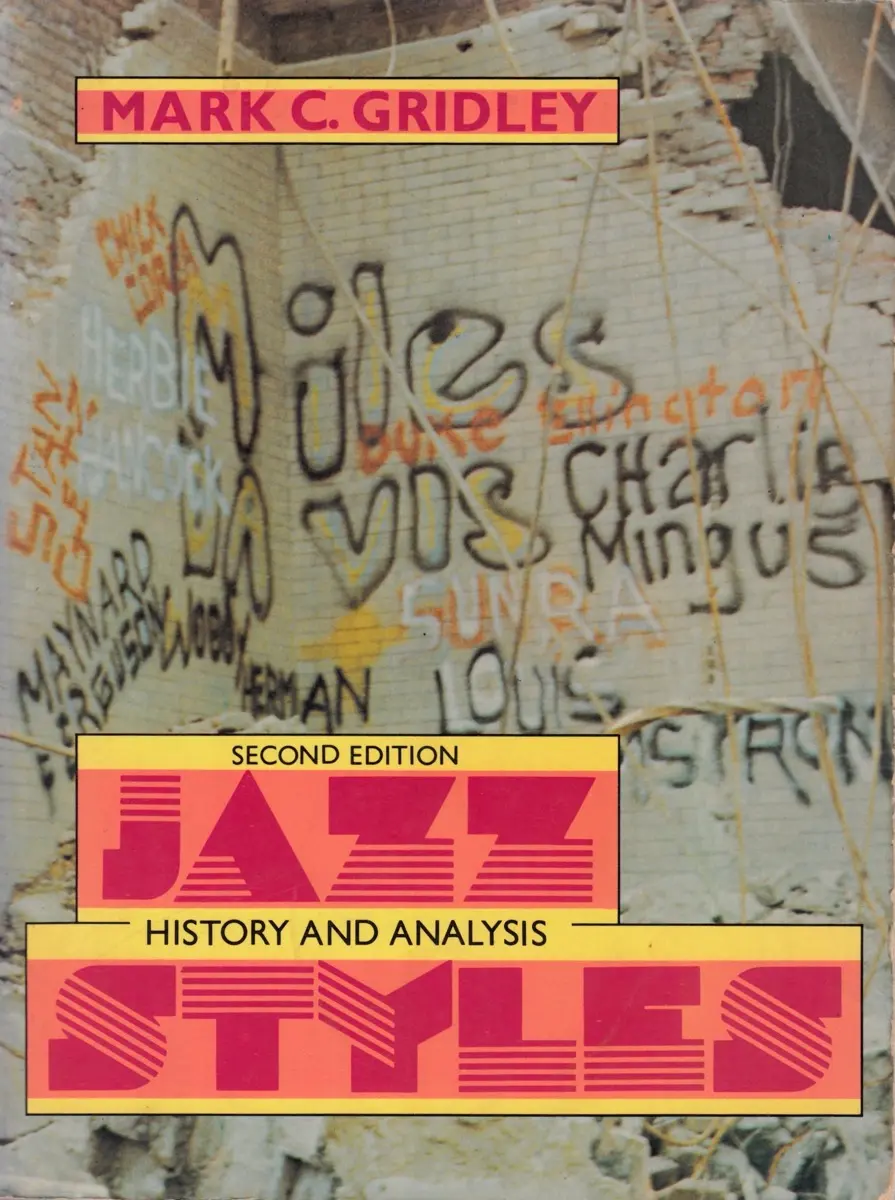
Jazz, like any other form of music, is primarily concerned with emotional impact. It’s no surprise, then, that many histories and biographies of jazz perceive the music almost entirely in aesthetic and even sentimental terms. This might be the easiest way to do it, but doesn’t necessarily yield the most accurate, objective or informative picture.
Gridley’s extraordinarily fair and unbiased book is written in a terse and unromantic style. He identifies and describes the various stages of jazz from its inception up to the present day without resorting to purely technical analysis. He does analyse, but his descriptions will be wholly accessible to those who have heard and ideally, seen, the music discussed, without being aware of the musical arithmetic behind it. He approaches his subjects from several angles and covers most loopholes; inevitably, omissions and disagreeable propositions will be found, but Gridley is really in the business of reflecting consensus opinion, which is the nearest we can get to truth in assessing jazz.
The book has an attractive and efficient design, making it very easy to dip into in encyclopaedia fashion. It’s an excellent companion when approaching unfamiliar artists, cutting right through partisan publicity and critics’ hyperbole. It will also disabuse those who think that jazz has been neglected in its own country: American academics like Gridley are codifying their native music in a way that foreigners never have.
Jazz Styles: History And Analysis – Second Edition, by Mark Gridley. Published by Prentice/Hall International, Hemel Hempstead; softback, 445pp; £22.10






